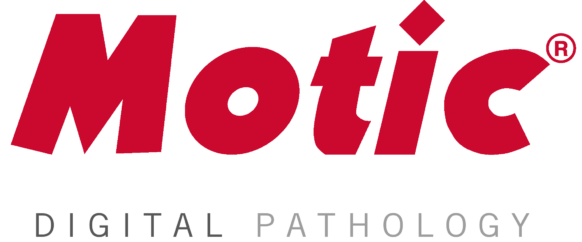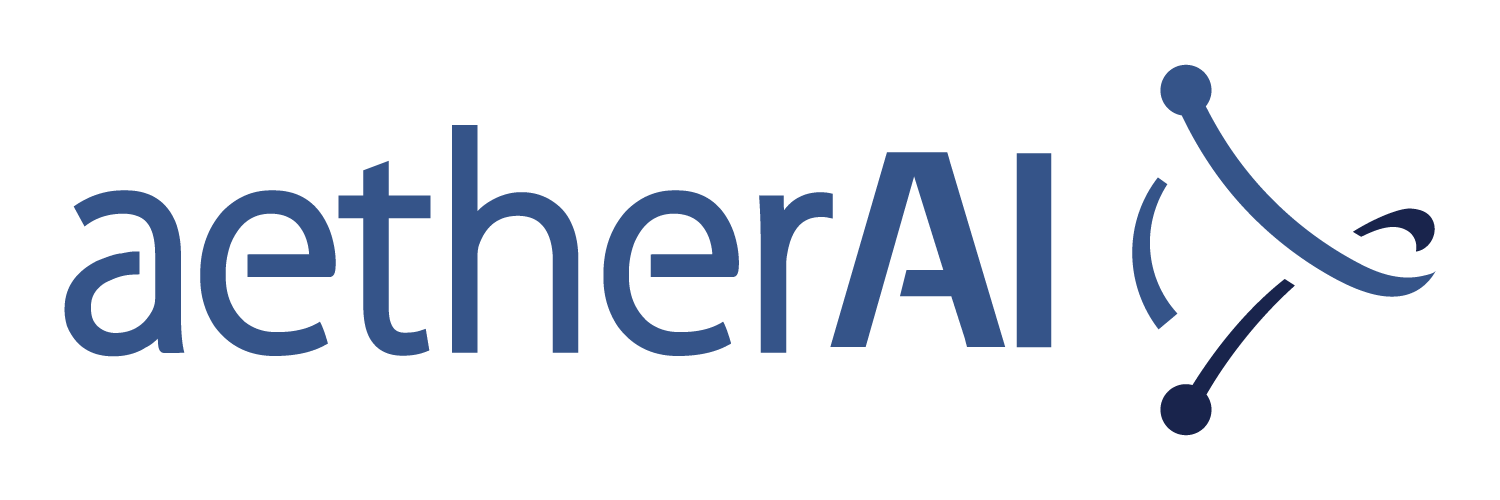The use of eICU systems are moving forward and more and more military and civilian hospitals are finding that being able to electronically monitor intensive care patients can provide more efficient care. For example, the Tripler Army Medical Center located in Hawaii is the first military medical center to use telemedicine technology for long distance ICU care.
The system’s high resolution cameras feed data into a bank of computers using real-time transmissions. Critical Care specialists are then able to examine, diagnose, and monitor intensive care unit patients in conjunction with local doctors at U.S. military installations in Guam and Korea.
The critical patients at both the Naval Hospital in Guam and the Army Hospital Yongsan in Korea can be stabilized under the direction of intensivists at Tripler. Dr. Benjamin Berg , an intensivist at the University of Hawaii’s Telehealth Research Institute said, “patients can be treated and many times the need for air evacuation can be eliminated or delayed at a cost of more than $100,000. If they need to be, stabilized patients can be brought to Tripler on a regularly scheduled medical flight mission when they are in better condition to fly.
The fiber optic internet-based technology was used during a boiler room explosion on the Guam-based submarine tender USS Frank Cable in December 2006. The ability of surgical and critical care specialists to remotely examine and triage the sailors helped the initial stabilization and evacuation of the severely burned sailors from the hospital in Guam to Brooke Army Medical Center in San Antonio, Texas.
The program provides that physicians in the intensive care unit have immediate access to critical care specialists, such as cardiologists and pulmonologists available 24/7. The consulting doctors at Tripler are able to quickly view a patient’s chart, labs, and other data as well as directly see the patient using a video camera. In the future, the telemedicine technology may be used for patients aboard ships at sea, or in forward deployed locations such as field hospitals.
In the civilian sector, rural Maryland hospitals facing emergency room physician shortages now have doctors in Delaware electronically monitoring their ICU patients. The Christiana Care Health System in Delaware has been using the eICU program for emergency care since 2005 and was the first health system in the country to adapt the program to monitor critically ill patients in their emergency departments and post anesthesia care units.
The Christiana eCare services are now expanding to hospitals in rural communities in Maryland using the program known as “Maryland eCare”. The six rural Maryland hospitals collectively admit more than 66,000 patients per year.
Marc T. Zubrow, MD, Director, Critical Care Medicine at Christian Care serves as the medical director overseeing the “Maryland eCare” project along with a team of critical care nurses and physicians, said “using this technology in rural Maryland will mean that patients and families will have better care close to home.”
The system enables patients to be remotely monitored through video and audio technology combined with intelligent monitoring plus alarm systems. The eICUs remote center closely monitors patients for any physical change, and then immediately alerts local caregivers and recommends corrective action.
The system was developed at VISICU located in Baltimore by two former Johns Hopkins critical care physicians. More than 200 hospitals across the country are now using the system.
































